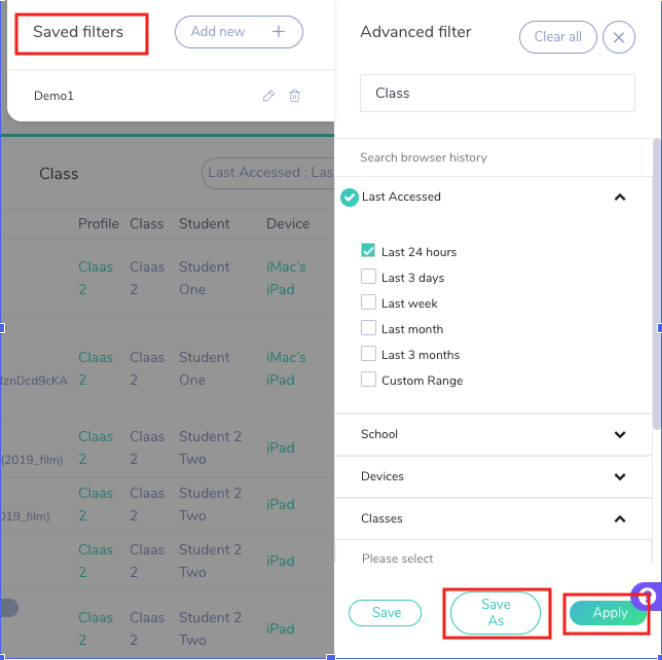

Though these measures are just deterrence, they serve their purpose well. How you deal with the transgressor is at your discretion. Not only will they be blocked, but they will be shown as accessed content. For the remainders, the main content may not be blocked, but there are often references to external content (ads, CDN's) which use FQDN's instead of relative links. Virtual hosting which requires host headers makes this impossible for some sites. Some note that a user could still access forbidden sites using a direct IP address. Make liberal use of ipconfig /flushdns when setting up.Ĭonsider restricting physical access to the DSL/cable modem, as a user could just jack into it directly and circumvent this setup. I've done this with a router using DD-WRT and this writer did it using a different router, but other routers should be able to accomplish it. Users who change their DNS settings (e.g., to ISP's, 8.8.8.8, etc.) will not be able to resolve addresses, and will be forced to go through the OpenDNS filtering. Allow list: You can suppress the warning for certain malicious or categorized pages permanently. To enable filtering of websites that fall into a certain category, tap the category and select Warn or Block. To enable malicious website filtering, tap Malicious content and select Warn or Block. disable outbound UDP 53 traffic for your internal LAN. On the Web Filtering page, turn on Web Filtering.This means they will use the DNS servers on your router. Usually that's something like 192.168.1.1.
Web monitor filter Pc#
set the DNS servers on each PC to be your router's internal LAN IP address.Businesses cant always keep track of what websites their employees are.
Web monitor filter software#
Yes, after signing up for an account at OpenDNS, This type of software is commonly used to monitor employee behavior while at work. Is there a way that I can set up OpenDNS in the router DNS settings and force all of the machines on the network to use those settings? In my household its a mac address block on that machine which disables the network (this works good for the gaming consoles too).

Place the roadblocks to stop the "accidental" stumbling, and then make sure that all users know the risk of "going around" them. There is a way around just about every system, so in the end its going to come down to your home network policy. The other methods of restricting traffic (proxy servers, for instance) would require additional hardware and management and I personally wouldn't recommend them for home use. Most broadband ISP's will continue to serve the same IP address for a very long time, but any outage can easily cause the ip address to change and this just might cause your OpenDNS filters to fail.

Web monitor filter update#
Just remember to often check your ip address to see if it changed or not, and if it has, to log into opendns and update your mapping. I say by default, as a different DNS can easily be set on each machine individually. You should be able to easily go into your router settings and set it up so that OpenDNS is the default dns server and all machines which connect through your router will get that by default.


 0 kommentar(er)
0 kommentar(er)
